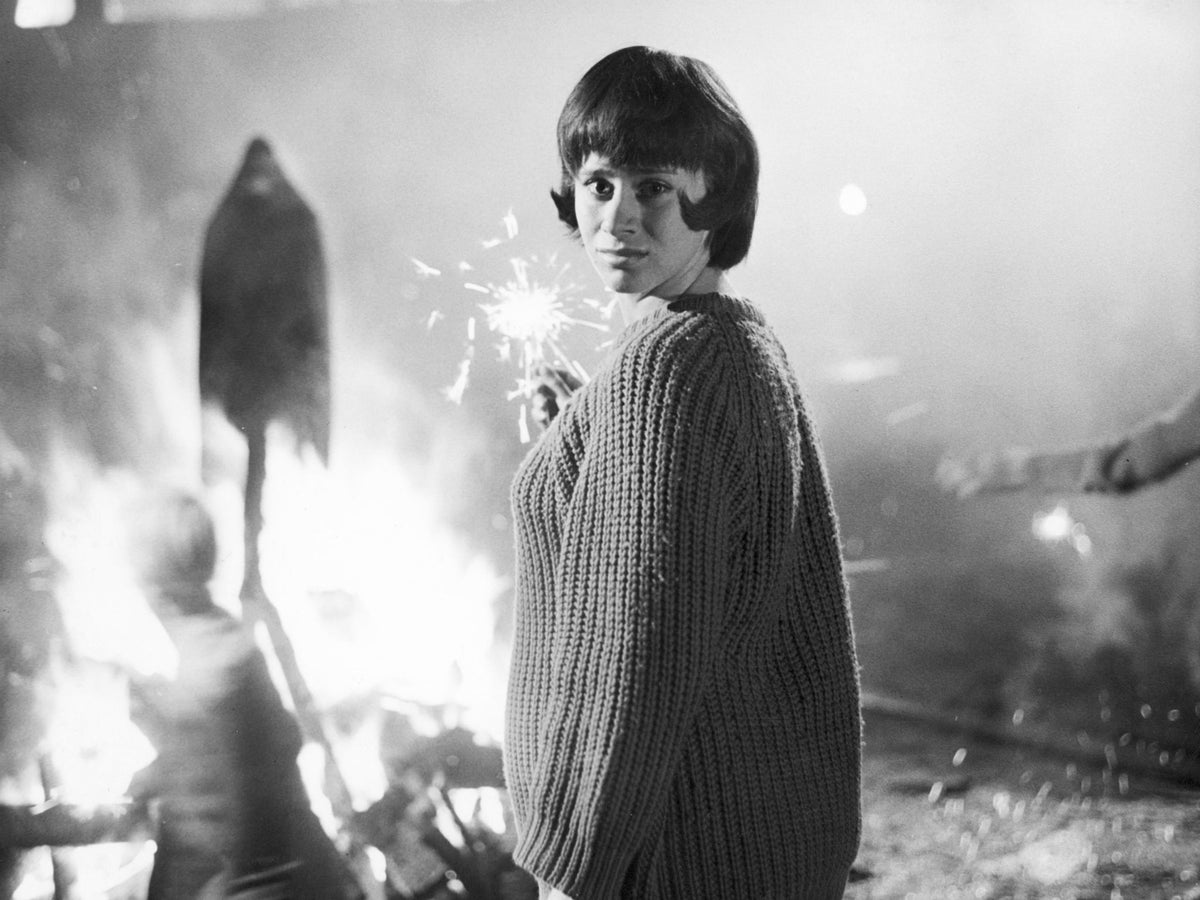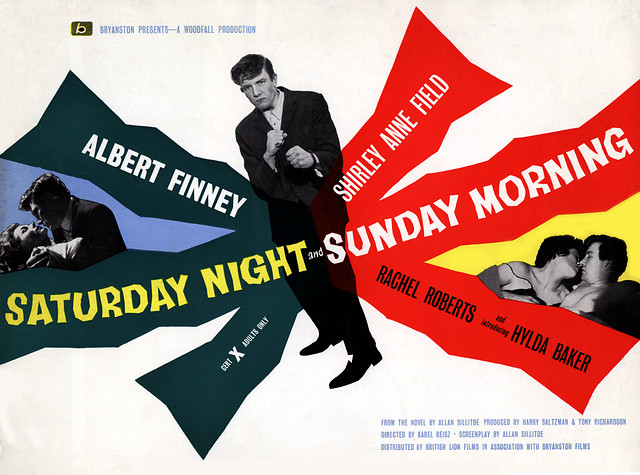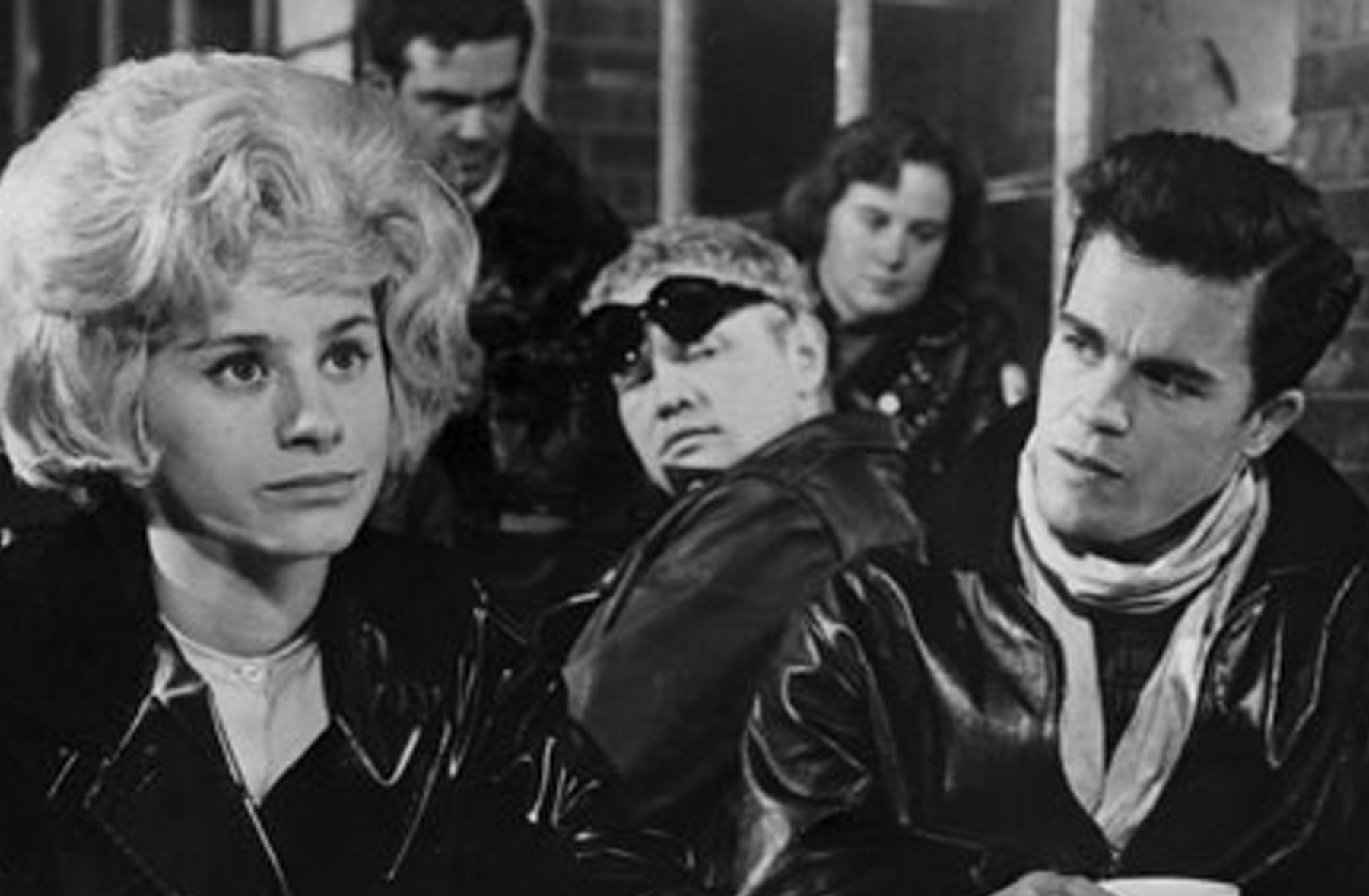"Look Back in Anger" is considered one of the most iconic and influential kitchen sink dramas of all time. Written by John Osborne, it premiered in 1956 and shocked audiences with its raw portrayal of the working class in post-war England. The play follows the turbulent marriage of Jimmy and Alison Porter, highlighting the struggles of a young couple living in a small apartment in the Midlands. The play is famous for its use of angry young man character, a term coined by Osborne to describe the rebellious and disillusioned youth of the time. "Look Back in Anger" by John Osborne
Written by Shelagh Delaney when she was just 19 years old, "A Taste of Honey" is a powerful and poignant play that focuses on the lives of a working-class mother and daughter in Salford, Manchester. The play tackles issues such as racism, poverty, and teenage pregnancy, boldly challenging societal norms and expectations. Delaney's writing is honest and unapologetic, making "A Taste of Honey" a must-read for anyone interested in the kitchen sink drama genre. "A Taste of Honey" by Shelagh Delaney
"Saturday Night and Sunday Morning" is a groundbreaking novel that is often cited as the first true example of a kitchen sink drama. Written by Alan Sillitoe, it was published in 1958 and tells the story of Arthur Seaton, a young factory worker who rebels against the conventions of his working-class life. The novel captures the gritty reality of post-war industrial Britain and is a scathing critique of the class system and societal expectations. "Saturday Night and Sunday Morning" by Alan Sillitoe
Another kitchen sink drama by John Osborne, "The Entertainer" premiered in 1957 and is set against the backdrop of the Suez Crisis. The play tells the story of Archie Rice, a fading music hall performer struggling to keep his career afloat while dealing with family drama and personal demons. "The Entertainer" is a powerful commentary on the decline of traditional British values and the impact of political events on the lives of ordinary people. "The Entertainer" by John Osborne
This novel by Alan Sillitoe is a classic example of a kitchen sink drama that deals with the themes of rebellion and alienation. It follows the story of Colin Smith, a young working-class boy who turns to long-distance running as a form of escape and rebellion against the oppressive society he lives in. The novel is a powerful and thought-provoking commentary on the limitations and struggles faced by the working class in post-war Britain. "The Loneliness of the Long Distance Runner" by Alan Sillitoe
"A Kind of Loving" is a novel by Stan Barstow that tells the story of Vic Brown, a young working-class man who struggles with the expectations and pressures of marriage and family life. The novel is a realistic and honest portrayal of the challenges faced by ordinary people in their relationships and the impact of societal expectations on their choices. "A Kind of Loving" was adapted into a successful film in 1962, further solidifying its place in the kitchen sink drama canon. "A Kind of Loving" by Stan Barstow
This novel by David Storey is a powerful and emotional story of a young rugby player, Arthur Machin, who rises from the working class to play for a professional team. The novel explores the dark side of fame and the struggles of navigating personal relationships while trying to maintain a successful career. "This Sporting Life" is a moving and gritty portrayal of the working-class experience in post-war Britain. "This Sporting Life" by David Storey
"The L-Shaped Room" is a novel by Lynne Reid Banks that follows the story of a young single woman, Jane Graham, who becomes pregnant and is forced to move into a run-down boarding house. The novel explores themes of poverty, prejudice, and female empowerment through the eyes of a strong and independent protagonist. "The L-Shaped Room" was adapted into a successful film in 1962 and is a must-read for fans of the kitchen sink drama genre. "The L-Shaped Room" by Lynne Reid Banks
Written by Nell Dunn, "Poor Cow" is a novel that centers around Joy, a young working-class woman who is struggling to make ends meet for herself and her son. The novel is a raw and honest portrayal of the lives of women in the 1960s and the challenges they face in a male-dominated society. "Poor Cow" was later adapted into a film by director Ken Loach and is a must-read for anyone interested in the kitchen sink drama genre. "Poor Cow" by Nell Dunn
"The Leather Boys" is a novel by Gillian Freeman that tells the story of two working-class young men, Reggie and Pete, who fall in love and struggle to find acceptance in a society that is not ready to accept their relationship. The novel explores themes of homosexuality, class, and societal expectations, making it a groundbreaking and powerful work in the kitchen sink drama genre. "The Leather Boys" by Gillian Freeman
The Impact of Kitchen Sink Drama on House Design

How the Raw and Realistic Genre Transformed Home Interiors
 When we think of kitchen sink drama, we may picture intense family conflicts and gritty, working-class settings. But this genre of theater and film has also had a significant impact on house design. In the mid-20th century, kitchen sink dramas brought a new level of rawness and authenticity to storytelling, and this same ethos spilled over into interior design. Let's take a closer look at how kitchen sink dramas have influenced the way we design our homes.
Breaking Away from Traditional Design
In the post-war era, many families were moving out of cramped and outdated homes and into newly built, modern houses. This shift towards a more contemporary way of living also called for a departure from traditional design styles. Kitchen sink dramas, with their focus on the everyday struggles of working-class families, rejected the idea of grandeur and opulence in home design. Instead, they celebrated the beauty of simplicity and functionality. This shift in perspective influenced the way people designed their homes, with a focus on practicality and functionality rather than lavishness.
Embracing Imperfection and Realism
One of the defining characteristics of kitchen sink dramas is their embrace of realism and imperfection. This was reflected in the characters, settings, and storylines, but also in the design of the homes depicted. Instead of perfectly styled and staged interiors, audiences were shown the messiness and imperfections of real life. This raw and authentic approach to storytelling inspired a similar approach to home design. People began to appreciate the beauty in imperfection, with exposed brick walls, unfinished wood, and mismatched furniture becoming popular design choices.
Incorporating Working-Class Aesthetics
Kitchen sink dramas often portrayed the lives of working-class families, and their homes were a reflection of this. These homes were not grand or extravagant, but rather humble and utilitarian. As this genre gained popularity, so did the incorporation of working-class aesthetics into home design. This meant using materials such as concrete, metal, and glass, and embracing a more minimalist and industrial style. These elements added a sense of authenticity and grittiness to home interiors, breaking away from the traditional and often pretentious design of the past.
In conclusion, kitchen sink dramas have had a profound impact on house design, bringing a new level of realism and authenticity to the way we create and decorate our homes. By rejecting traditional design styles, embracing imperfection, and incorporating working-class aesthetics, this genre has revolutionized the way we think about home interiors. So the next time you watch a kitchen sink drama, pay attention to the homes depicted and see if you can spot the influence of this raw and real genre in their design.
When we think of kitchen sink drama, we may picture intense family conflicts and gritty, working-class settings. But this genre of theater and film has also had a significant impact on house design. In the mid-20th century, kitchen sink dramas brought a new level of rawness and authenticity to storytelling, and this same ethos spilled over into interior design. Let's take a closer look at how kitchen sink dramas have influenced the way we design our homes.
Breaking Away from Traditional Design
In the post-war era, many families were moving out of cramped and outdated homes and into newly built, modern houses. This shift towards a more contemporary way of living also called for a departure from traditional design styles. Kitchen sink dramas, with their focus on the everyday struggles of working-class families, rejected the idea of grandeur and opulence in home design. Instead, they celebrated the beauty of simplicity and functionality. This shift in perspective influenced the way people designed their homes, with a focus on practicality and functionality rather than lavishness.
Embracing Imperfection and Realism
One of the defining characteristics of kitchen sink dramas is their embrace of realism and imperfection. This was reflected in the characters, settings, and storylines, but also in the design of the homes depicted. Instead of perfectly styled and staged interiors, audiences were shown the messiness and imperfections of real life. This raw and authentic approach to storytelling inspired a similar approach to home design. People began to appreciate the beauty in imperfection, with exposed brick walls, unfinished wood, and mismatched furniture becoming popular design choices.
Incorporating Working-Class Aesthetics
Kitchen sink dramas often portrayed the lives of working-class families, and their homes were a reflection of this. These homes were not grand or extravagant, but rather humble and utilitarian. As this genre gained popularity, so did the incorporation of working-class aesthetics into home design. This meant using materials such as concrete, metal, and glass, and embracing a more minimalist and industrial style. These elements added a sense of authenticity and grittiness to home interiors, breaking away from the traditional and often pretentious design of the past.
In conclusion, kitchen sink dramas have had a profound impact on house design, bringing a new level of realism and authenticity to the way we create and decorate our homes. By rejecting traditional design styles, embracing imperfection, and incorporating working-class aesthetics, this genre has revolutionized the way we think about home interiors. So the next time you watch a kitchen sink drama, pay attention to the homes depicted and see if you can spot the influence of this raw and real genre in their design.
























 signed by Alan Sillitoe.jpg)































































































